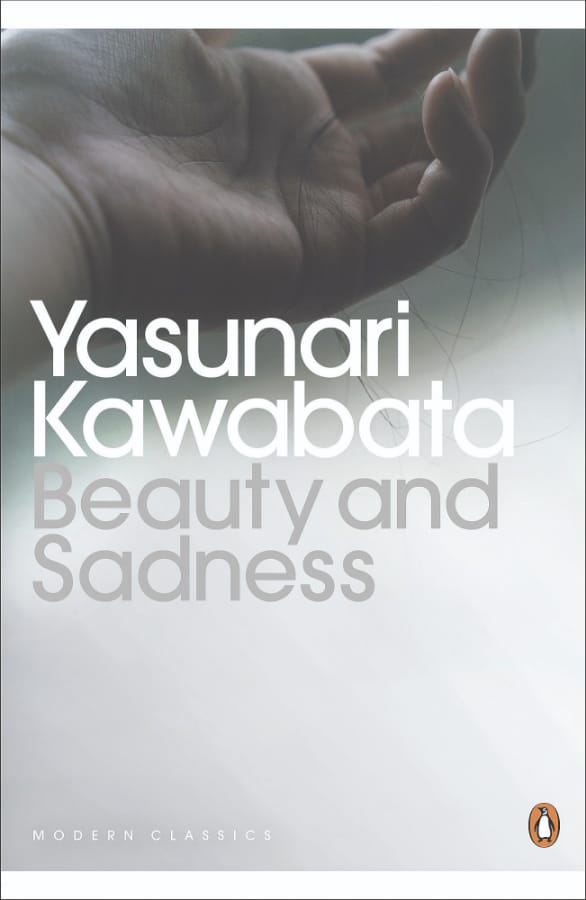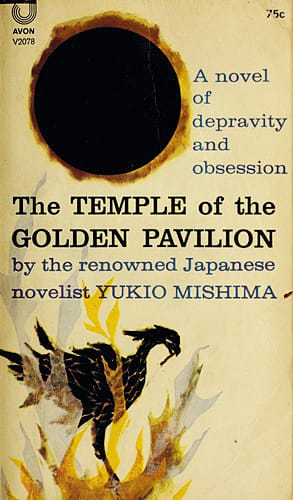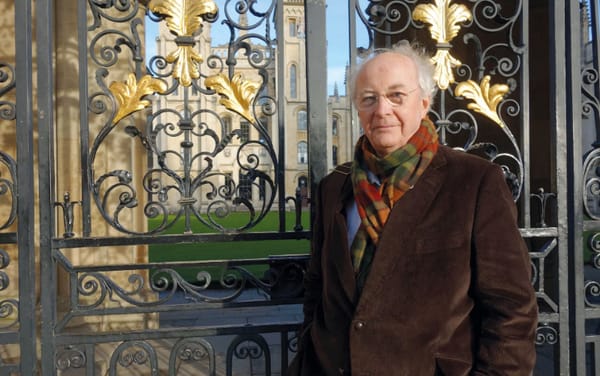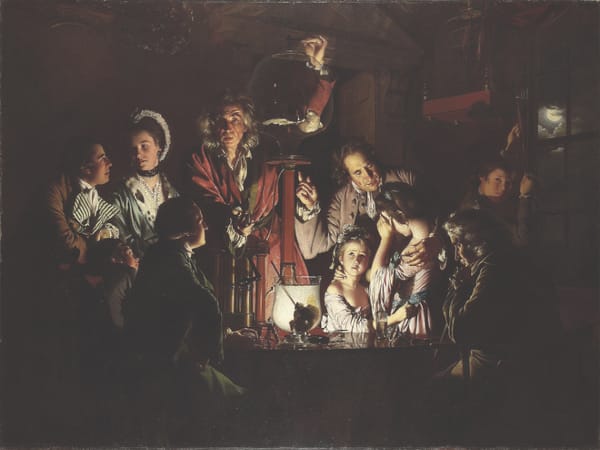Japanese literature through the ages
Books Writer Pavan Inguva discusses his love for Japanese literature, and introduces two of his favourites.

I have become quite partial to Japanese literature as a literary category. Most examples share overarching similarities in aesthetic flavour, such as the notion of impermanence of being, which derive from both cultural and religious developments throughout Japanese history. These sensitivities, observable in other Japanese art forms such as ceramics or paintings, result in a characteristically sublime writing style no matter when it was written.
For example, works by Chikamatsu Monzaemon, a 17th century playwright who wrote canonical pieces for Bunraku (puppet theatre) and Kabuki (live theatre) still retain a certain freshness and sophistication if read today. This is not to say that the authors write in the same style, but rather that the broader aesthetic sensibilities and literary traditions lend a certain elegance.
I would recommend Donald Keene’s The Pleasure of Japanese Literature for a more comprehensive review on the nexus of Japanese history and aesthetics and its impact on literature. A commonality I particularly enjoy is the emphasis that these authors have placed on the self, going to great lengths to showcase the personal: tensions, passions and proclivities. I felt this characteristic has made many works relatable, helping me to crystallise and frame raw thoughts and feelings.
Modern Japanese literature uniquely combines modernist and/or post-modernist themes with the Japanese aesthetic, including its perspectives and history, into a powerful read. Renowned authors like Natsume Soseki and Ryonuske Akutgawa are characteristic of pre-WW2 literature, incorporating modernist themes and writing styles in their prominent works signifying the changing zeitgeist.
Naturalised foreign authors like Lafcaido Hearn have also gained some prominence, reflecting the increasing diversity that came with international trade and migration. This period also saw the development of Japan’s first Nobel laureate in Literature, Yasunari Kawabata, who received the prize in 1968. Post-war Japanese literature saw several other prominent authors like Kobo Abe, Yukio Mishima, and Kenzaburo Oe (Japan’s 2nd Nobel laureate for literature) who started to incorporate contemporary and post-modern themes and writing styles into a Japanese context. Even more contemporary authors like Haruki Murakami have been producing outstanding pieces of work (I quite liked Hard-Boiled Wonderland and the End of the World), contributing to a flourishing literary tradition.

Yasunari Kawabata’s Beauty and Sadness
Kawabata edged out Mishima for the Nobel prize in literature in 1968. He is best known for the books Snow Country, Thousand Cranes, and The Old Capital amongst others. Much of his work skilfully combines the intrinsic passions and feelings people have in our human (and particularly in our romantic) relationships, with the cultural and socio-political attitudes and tensions of the time.
Beauty and Sadness, while a nice short read, is an excellent representation of Kawabata’s ability to capture the nature of a romantic passion between two lovers and the consequent tensions that exist in the self and those around. There are times when his descriptions almost enable you to vicariously experience the depths of such experiences.
It follows Otoko, currently a renowned painter and her youthful but life-changing romance with Oki, a much older man. Their passionate affair resulted in Otoko having a stillborn child. Kawabata artistically shows the intrinsic tensions that we have during the peaks and troughs of romance and its failure; the sort of romance that transcends time and always lingers in the back of your mind, manifesting in every sigh and chuckle.

Yukio Mishima’s The Temple of the Golden Pavilion
Mishima to date is one of my favourite authors. His life story is fascinating to say the least and his writing is thoroughly enjoyable and thought-provoking.
A key theme present in his work is the notion of purity and beauty. The Golden Pavilion (also known as Kinkaku-ji) is a famous Zen Buddhist temple in Kyoto dating back to the 14th century. Mishima presents a fictionalised version of the 1950 incident when the temple was burnt down by a young monk.
We start with Mishima outlining various formative experiences the protagonist, Mizoguchi, has as a child. This is where the notion of Kinkaku-ji being the pinnacle of aesthetic ideals is implanted into him. Following his father’s death, Mizoguchi becomes a novice priest at Kinkaku-ji. As the story progresses, we can see how his thoughts are shaped by his inner tensions and his interactions with a spectrum of characters, such as Kashiwagi (a twisted university friend with a philosophical bent) and the temple’s Superior.
This results in a sublime and nuanced discourse on the nature of beauty and how one interacts with the concept. Mizoguchi found himself impotent as the idea of Kinkaku-ji seized him. As his thought process developed, or arguably as his mental illness worsened, the motivation to burn the temple deepened, leading to its eventual destruction with Mizoguchi enjoying a cigarette as the temple burns. The entire novel, while complex in story, remains accessible and serves as an excellent introduction to Mishima’s work and Japanese literature as a category.








